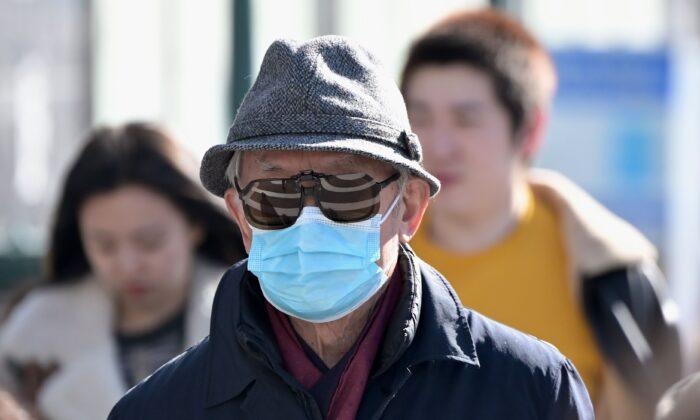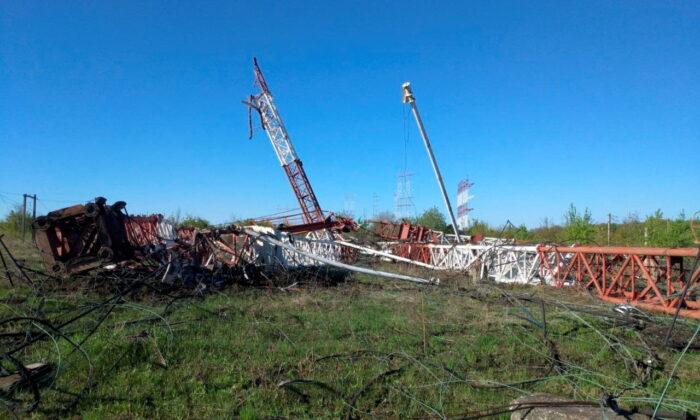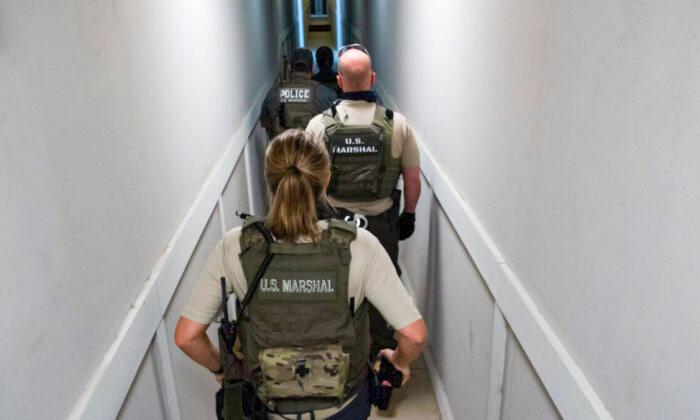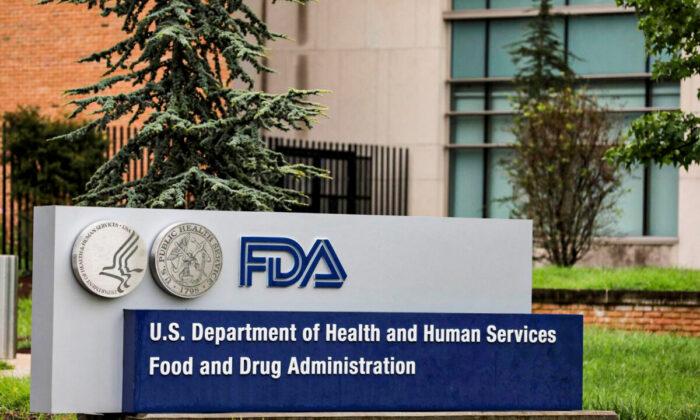The U.S. Centers for Disease Control and Prevention (CDC) on Feb. 3 confirmed a second case of human-to-human transmission of the novel coronavirus within the United States.
Neither had left home since the husband returned from China, local authorities said.
The diagnosis brings the number of U.S. cases to 11, including six in California.
San Benito County Public Health Services have provided guidance for home isolation and are closely monitoring their medical condition, according to the release.
“We are working closely with Bay Area health officials, local health care providers, and community partners.”
Fenstersheib added that the risk to the general public in California and in San Benito County remains low at this time.
The U.S. Department of Health and Human Services is making available nearly $250 million in emergency funds to cover the cost of the response, an agency spokesman said on Feb. 3.
Some of that may be used to support screening and monitoring of people entering the United States from China—U.S. citizens, as well as family members of U.S. citizens and legal permanent residents, who are exempt from the presidential proclamation issued on Jan. 31 suspending entry of foreign nationals who had visited China within the past 14 days.
The CDC outlined enhanced screening plans for individuals returning from China, who may face a 14-day quarantine if they’ve been in Wuhan or Hubei Province, the epicenter of the epidemic.
Passengers arriving in the United States on commercial airlines will be directed to one of 11 U.S. airports for additional health assessments. If they show virus symptoms such as fever, they'll be transferred for medical evaluation.
Messonnier said the CDC is working with the states to determine where travelers will be quarantined.
Flights with U.S. government employees being evacuated by the State Department will go to military bases. They'll be under federal quarantine for 14 days from when they left Wuhan.
People who don’t have symptoms will be allowed to continue to their final destination, and will be asked to stay at home as much as possible and monitor their health for 14 days.
Second Coronavirus Death Outside of China
Hong Kong on Feb. 4 became the second locale to record a death outside of mainland China, after the Philippines reported Feb. 2 that a 44-year-old Chinese man from Wuhan had died from the virus.In Hong Kong, the Princess Margaret Hospital confirmed that a 39-year-old resident died from the virus, local media reported.
The man had traveled from Hong Kong to Wuhan on a high-speed train on Jan. 21 and returned two days later after boarding another train at Changsha South Railway Station in China’s Hunan Province.
On Jan. 29, he began having muscle pain and then developed a fever. He was immediately isolated at the Queen Elizabeth Hospital, where he was receiving treatment.
He tested positive for the virus on Jan. 31—the 13th confirmed case in Hong Kong.
Hong Kong has another 14 known cases of the virus—among them the man’s 72-year-old mother.






Friends Read Free